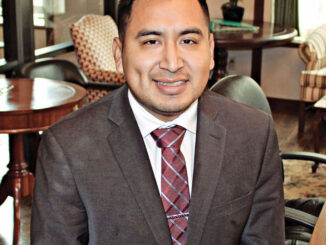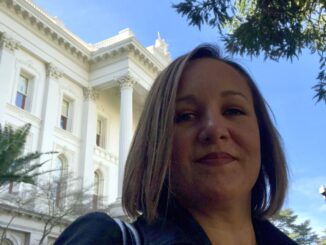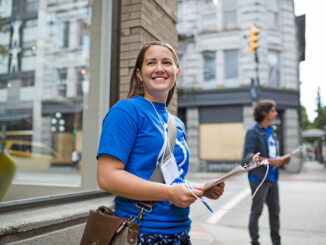
Many vital disability services and resources rely on federal funding
By Anne Stokes
While the upcoming Census form doesn’t ask any specific questions regarding disabilities, it’s still critically important that people with disabilities be counted. Many resources that support special education, employment, independent living and more rely on federal funding that will be determined by information gathered from the 2020 Census.
“It’s important for people with disabilities to participate because the amount of taxpayer funds that are given to any state and any program is decided by who is counted,” says Aaron Carruthers, executive director of the California State Council on Developmental Disabilities. “Those are programs that we rely on.”
Carruthers notes that one of the biggest barriers people with disabilities face in getting services in such rural counties as Madera and Mariposa is a lack of providers.
“It’s about how far away the providers are from each other. It’s about the roads between where I live and where they’re giving the services and how do I get from here to there,” he says. “We’ve all paid into the system and so, in order for people with disabilities to receive our fair share of that, we need to be counted by the Census.”
Unfortunately, people with disabilities — particularly those who live in rural communities — are among the Census’ hard-to-reach demographics. Inaccurate counts can lead to underfunding for important programs and resources. It’s estimated that every person counted will bring in $2,000 a year into local communities. As the Census is only conducted every 10 years, every person not counted means their community may miss out on $20,000 in federal funding over the next decade.
“Special education [funding is] decided after the Census counts how many people live in your area. So if people with disabilities don’t participate, that actually means less money coming from Congress to support people with disabilities. It means fewer resources,” Carruthers explains. “Each person with developmental disabilities is entitled to these services under the law. If they’re not counted in the Census, those dollars don’t come in and there’s not enough money to fund everyone who is entitled to get those services.”
Stand up and be counted! Visit www.2020census.gov to represent your community.
What’s at stake
People with disabilities rely on many different services and resources. Those programs in turn rely on federal funding allocated by Census counts. Under representation can lead to people with disabilities not getting the services they’re entitled to and have already paid for through their federal tax dollars, including:
- Medicare
- Medicaid
- Medi-Cal
- Supplemental Nutrition Assistance Program (SNAP)
- CalFresh
- Special education grants to states
- Vocational rehabilitation grants to states
- Capital assistance programs for elderly persons and persons with disabilities
- Developmental disabilities basic support and advocacy grants
- Supportive housing for persons with disabilities
- Supported employment services for individuals with significant disabilities
- Programs of Protection and Advocacy of Individual Rights (PAIR)
- Voting access for individuals with disabilities
- Independent living state grants
- In-home supportive services and caregiver support




